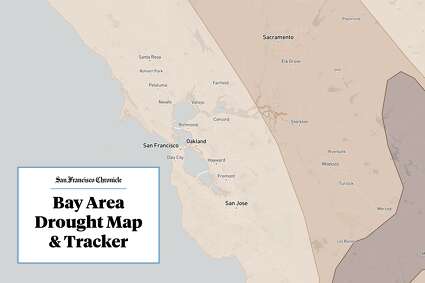
The San Francisco Bay Area is home to a growing number of languages.
Lea Suzuki / The ChronicleThe Bay Area is home to speakers ofmore than 160 languages, and the number of people speaking languages other than English is expanding as immigration to the region continues to grow.
New survey data collected from 2017 to 2021 shows that the number of people speaking languages other than English at home in the Bay Area’s nine counties grew by 5% from the previous five years. The estimates also show that more than 3 million people in the nine-county region now primarily speak a language other than English at home.
“One of the amazing things about the Bay Area is if you wander a little bit, you find these amazing little pockets where this language or that language is spoken,” said Amy Rose Deal, an associate professor of linguistics at UC Berkeley.
Arabic, Chinese, and Korean were among the fastest growing languages in the nine-county region. This particular survey data by the U.S. Census Bureau does not provide details on the numerous dialects associated with each of those languages.
The Bay Area is home to several growing Arabic-speaking communities, including in Marin County where the biggest growth was observed.
The estimated number of Arabic speakers in Marin more than doubled from about 350 from 2012 to 2016 to over 800 from 2017 to 2021. Arabic was also the fastest growing language in San Francisco and Sonoma counties.
In terms of the sheer number of people, the fastest growth was among Chinese speakers. There were over 60,000 more people speaking Chinese in the Bay Area from 2017 to 2021 than there were from 2012 to 2016, according to the American Community Survey estimates. The estimated population of Russian, Korean, Vietnamese, Vietnamese and French (including Haitian and Cajun) speakers also grew across the nine counties.
“The Bay Area’s Asian community is among its fastest-growing groups and is also incredibly diverse, representing dozens of different ancestry backgrounds and a multitude of cultures,” areport from the Bay Area Equity Atlas, a nonprofit data research group, said.
The estimated number of Chinese, including Mandarin and Cantonese, speakers increased in all but one county — Sonoma — in the Bay Area. Other than Arabic, Tagalog (Filipino, including Ilocano) was the fastest growing language in that county, but the estimated number of Tagalog speakers has decreased in almost all other counties, except for Alameda.
The Bay Area is alsoamong the most racially diverse regions in the United States,多数s population being non-white. While most people in the region — about 57% — say they only speak English at home, the Bay Area’s growing diversity is also reflected in the numerous languages that are spoken by its residents.
A diverse linguistic landscape offers benefits. For example, studies have shown early exposure to a multilingual environmentpromotes learning and developing effective communication skills. But it can also mean a large number of people with limited or no English proficiency thatface challengesaccessing government services.
“Knowing another language increases your ability to communicate with more people in more settings,” Deal, the UC Berkeley linguist said. “If we want to have a multicultural democracy we need to find a way to include everyone,” she added.
Yoohyun Jung is a San Francisco Chronicle staff writer. Email: yoohyun.jung@sfchronicle.com



















